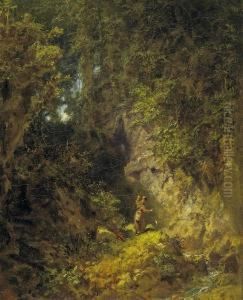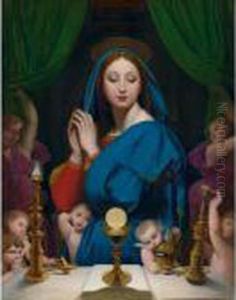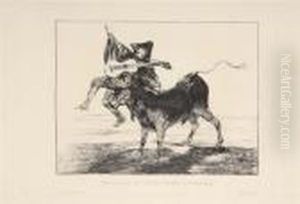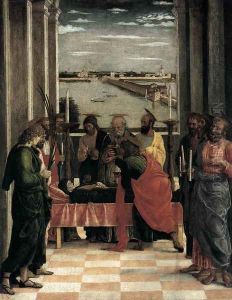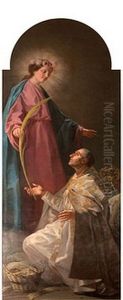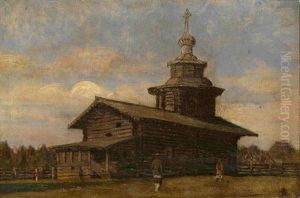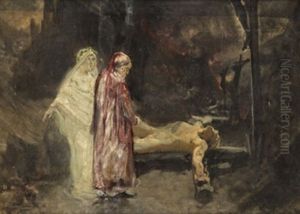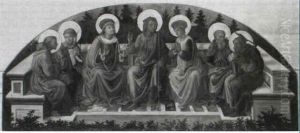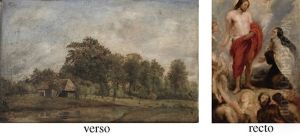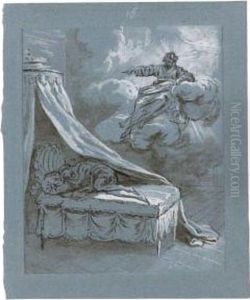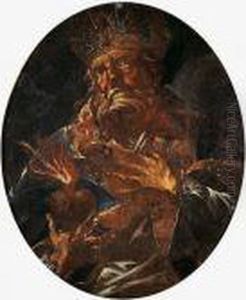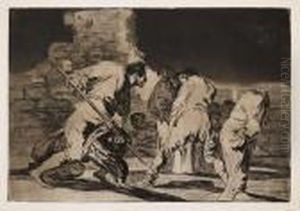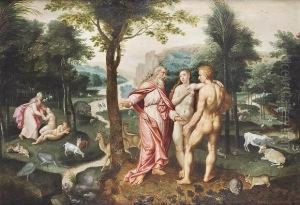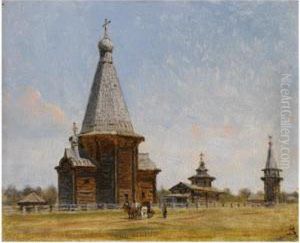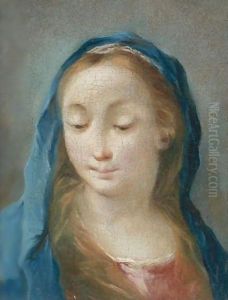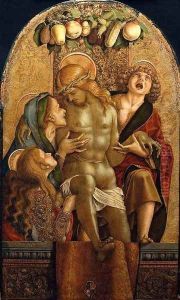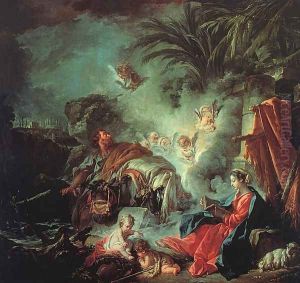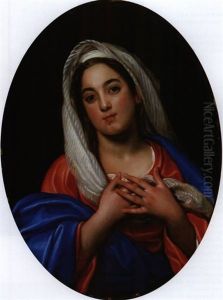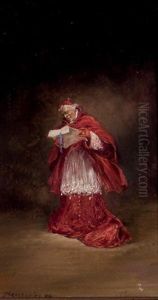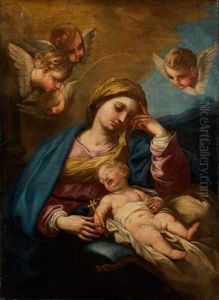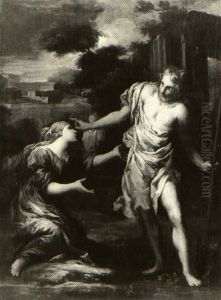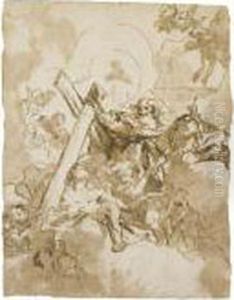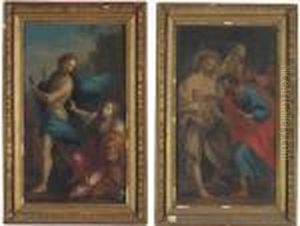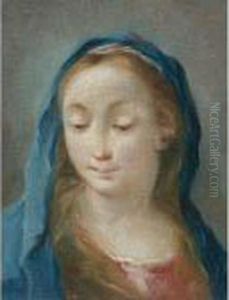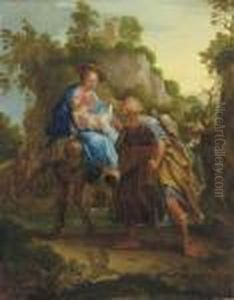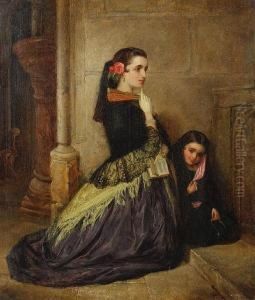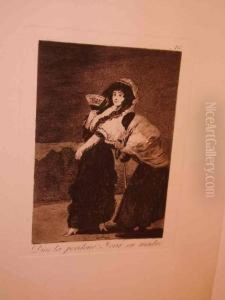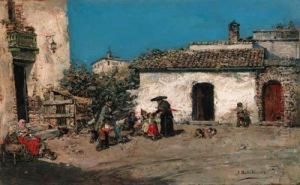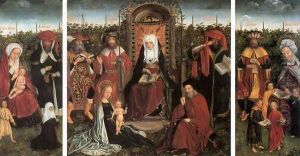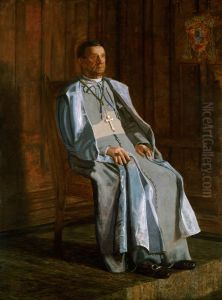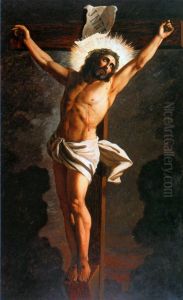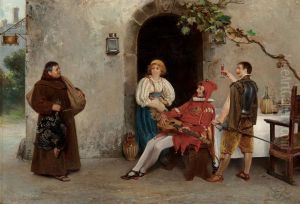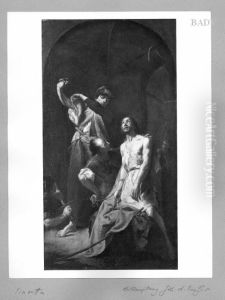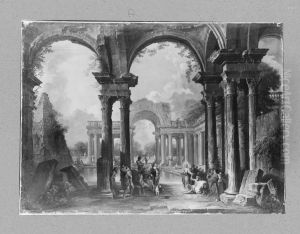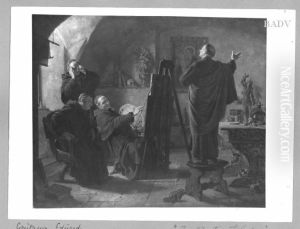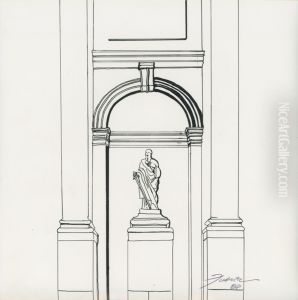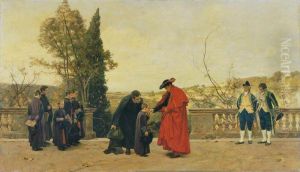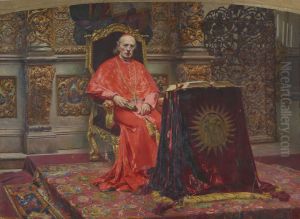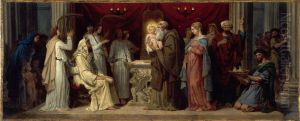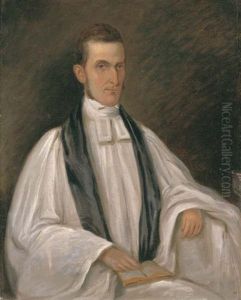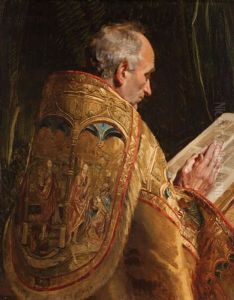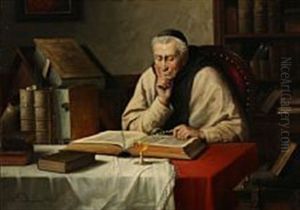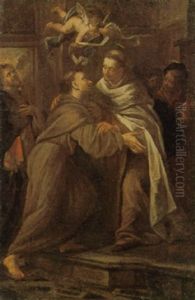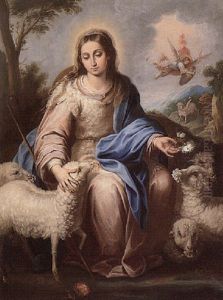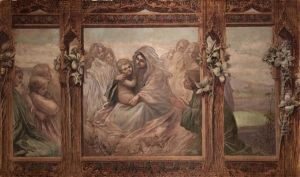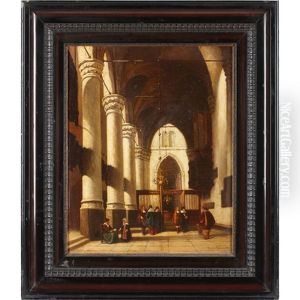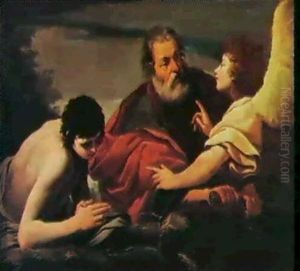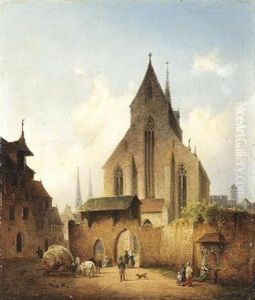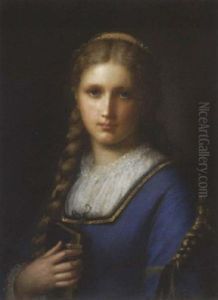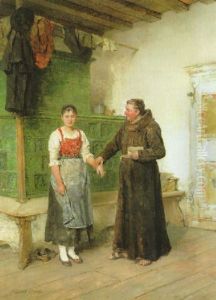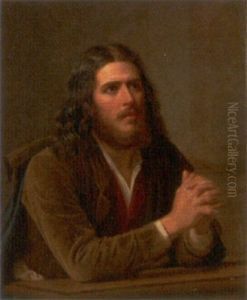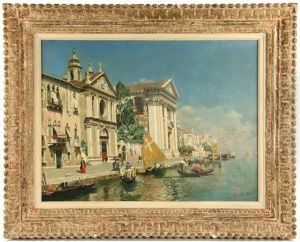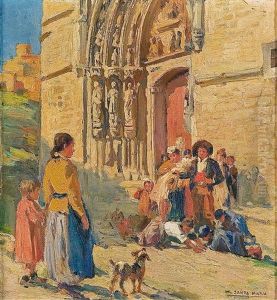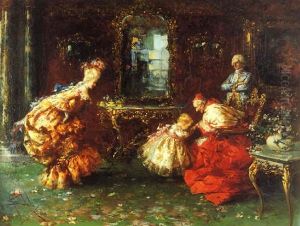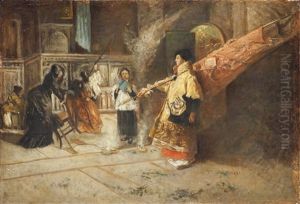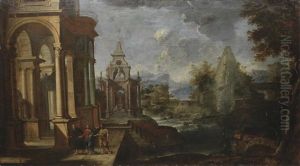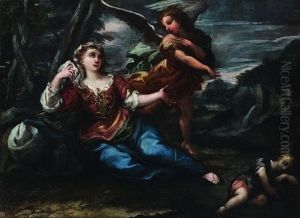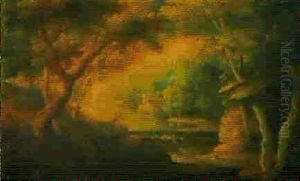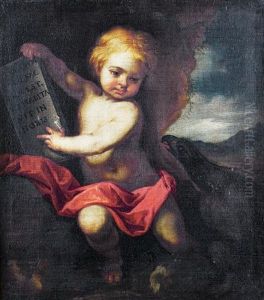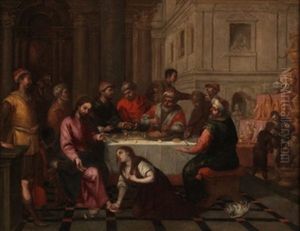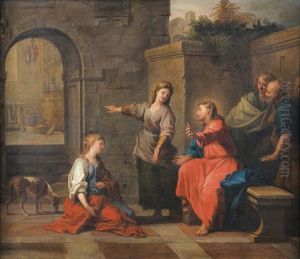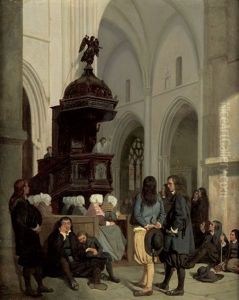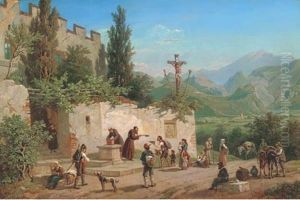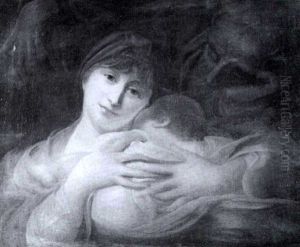Religious Influence In Art Paintings
Exploring the ProfoundReligious Influence in Art
Throughout history, the profound connection between faith and artistic expression has given rise to some of the world's most iconic and emotionally resonant masterpieces. The Religious Influence in Art is undeniable, shaping not only the subjects depicted but also the very styles, techniques, and purposes of artistic creation across various civilizations and eras. From ancient devotional objects to grand cathedral frescoes, religion has served as a primary muse, patron, and narrative source for countless artists, imbuing their work with deep spiritual meaning and symbolic power.
During the Medieval period, art was almost exclusively sacred, serving as a visual bible for the illiterate and a means of glorifying God. Gothic cathedrals, adorned with stained glass and elaborate sculptures, are prime examples of this unwavering focus. The Renaissance, while embracing humanism, continued to be heavily influenced by Christian themes. Masters like Leonardo da Vinci, with his iconic "Last Supper," Michelangelo, with the breathtaking "Sistine Chapel" ceiling, and Raphael, famous for his serene "Madonna and Child" paintings, all drew extensively from biblical narratives and theological concepts. Their works not only illustrated scripture but also explored complex human emotions and divine inspiration, setting new standards for artistic excellence.
Moving into the Baroque era, the Religious Influence in Art became even more dramatic and emotionally charged, often used to inspire awe and devotion during the Counter-Reformation. Artists such as Caravaggio, with his stark realism and dramatic use of light and shadow in scenes like "The Calling of Saint Matthew," and Rembrandt, known for his profound biblical etchings and paintings, brought new intensity and psychological depth to religious subjects. These works, whether depicting the Crucifixion, the Annunciation, or the lives of saints, were not merely illustrations; they were powerful tools for contemplation, conveying moral lessons and spiritual truths that resonated deeply with viewers.
The enduring legacy of religious art continues to captivate and inspire. These timeless pieces offer a window into historical beliefs, cultural values, and the human quest for meaning. They stand as testaments to the power of faith to inspire creativity and to the ability of art to transcend time and communicate universal spiritual experiences. Exploring these magnificent works allows us to appreciate the rich tapestry of art history, where divine inspiration often led to artistic innovation.
